Computer Engineering
Physicsworld
208

Image Credit: Physicsworld
New contact lenses allow wearers to see in the near-infrared
- A new contact lens has been developed that allows wearers to see near-infrared light without bulky equipment like night vision goggles.
- The lenses incorporate metallic nanoparticles that convert normally-invisible wavelengths into visible ones, helping improve vision in poor visibility conditions.
- Researchers integrated photoreceptor-binding nanoparticles into biocompatible polymeric materials used in standard soft contact lenses, enabling wearers to sense infrared wavelengths.
- These innovative lenses not only enable wearers to detect near-infrared light but also hold potential applications for night vision, color blindness adaptation, and improved vision in challenging conditions like fog or dust.
Read Full Article
12 Likes
Hobbieroth
347

Image Credit: Hobbieroth
The Crucial Decade That Ion Channels Were Proven to Exist
- The article discusses the crucial decade during which ion channels were proven to exist by Bertil Hille and Clay Armstrong.
- Hodgkin and Huxley's research on a nerve axon in the 1950s did not mention ion channels, although they studied ion currents and conductance.
- Bertil Hille and Clay Armstrong played key roles in establishing the existence of ion channels from 1965 to 1975.
- Selective channels for different ions were supported by experiments using blocking chemicals like tetrodotoxin and tetraethylammonium.
- Hille's studies revealed the selectivity and size of ion pores, showing how ions interact with pore walls for permeation.
- Armstrong's experiments with TEA+ derivatives on the outward K+ current reinforced the idea of protein component in membrane pores.
- Initial resistance to the concept of ion channels was demonstrated at the 1966 Biophysical Society meeting.
- Clay Armstrong emphasized the importance of ion channels, stating them as a crucial class of proteins in the human body.
- The article provides a historical and qualitative review of how the existence of ion channels was demonstrated.
- Ion channels are highlighted as essential proteins in the human body, as expressed by Clay Armstrong, acknowledging their significance.
Read Full Article
20 Likes
Physicsworld
374
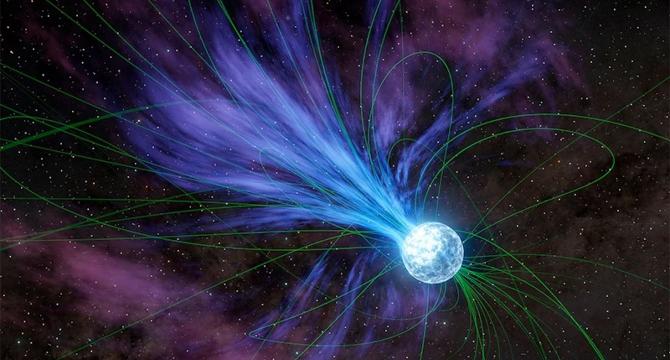
Image Credit: Physicsworld
How magnetar flares give birth to gold and platinum
- Magnetars, highly-magnetic neutron stars, can produce up to 10% of the universe's gold, silver, and platinum.
- Astronomers observed kilonova explosion in 2017, producing rare heavy elements and answering origins of precious metals.
- Research explains how flares on magnetars create rapid-process elements like gold and platinum.
- Magnetars have intense magnetic fields and when those fields snap, it results in powerful flares.
- Mechanism behind giant flares on magnetars involves dissipation of magnetic field and shockwaves.
- Giant flares have been observed releasing energies greater than the Sun and creating heavy elements.
- These magnetar flares contribute 1-10% of all rapid-process elements in the universe.
- Magnetars, although rare, have a significant impact on the production of heavy elements.
- Magnetars would have been dominant in producing these elements early in the universe's history.
- Other environments like certain supernovae may also contribute to the formation of heavy elements.
Read Full Article
22 Likes
Knowridge
36

Image Credit: Knowridge
Mysterious space object blinks in both X-rays and radio waves every 44 minutes
- A mysterious space object named ASKAP J1832-0911 has been discovered in our galaxy that flashes every 44 minutes, emitting bursts of both radio waves and X-rays.
- This rare find was detected by an international team of scientists led by researchers from the International Center for Radio Astronomy Research (ICRAR) in Australia using the ASKAP radio telescope.
- NASA's Chandra X-ray Observatory coincidentally captured the object flashing in both radio and X-ray signals, marking the first observation of a long-period transient (LPT) emitting X-rays.
- The object's unusual behavior has sparked various theories, including the possibility of it being a magnetar or a binary system, but further research is needed to fully understand this cosmic phenomenon located 15,000 light-years from Earth.
Read Full Article
2 Likes
Discover more
- Programming News
- Software News
- Web Design
- Devops News
- Open Source News
- Databases
- Cloud News
- Product Management News
- Operating Systems News
- Agile Methodology News
- Startup News
- Cryptocurrency News
- Technology News
- Blockchain News
- Data Science News
- AR News
- Apple News
- Cyber Security News
- Leadership News
- Gaming News
- Automobiles News
Fyfluiddynamics
447
Image Credit: Fyfluiddynamics
Non-Newtonian Effects in Magma Flows
- Magma flows within dikes are influenced by viscosity and shear-thinning effects, affecting the explosiveness of volcanic eruptions.
- Surface observations of magma dikes do not accurately represent the flow dynamics within, as demonstrated by a study using artificial dikes made of elastic gelatin.
- Experiments with water and shear-thinning magma-mimicking liquids showed different flow patterns within the dikes, with shear-thinning liquids exhibiting smoother flow compared to water.
- Volcanologists need to consider shear-thinning effects of magma when modeling underground flow to better understand and predict volcanic activity.
Read Full Article
26 Likes
Physicsworld
167

Image Credit: Physicsworld
Teaching quantum physics to everyone: pictures offer a new way of understanding
- Quantum science is experiencing a renaissance with the emergence of quantum computers and sensors for practical applications.
- Efforts are being made to teach quantum physics to the masses, with a focus on understanding quantum concepts through diagrams.
- Bob Coecke, Aleks Kissinger, and Arjan Dhawan in the UK are involved in teaching quantum physics using diagrams.
- Books like 'Picturing Quantum Processes' and 'Quantum in Pictures' are recommended resources for learning quantum physics through diagrams.
Read Full Article
10 Likes
Physicsworld
244
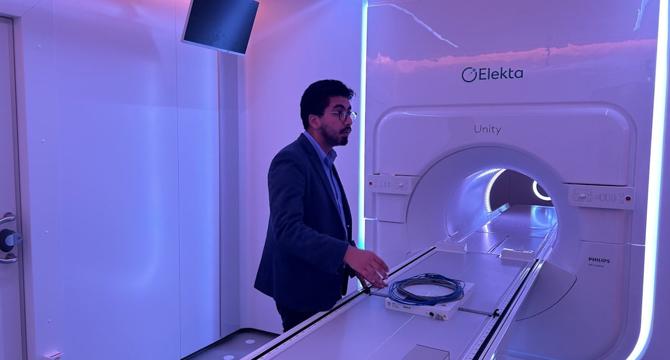
Image Credit: Physicsworld
Secondary dose checks ensure safe and accurate delivery of adaptive radiotherapy
- Adaptive radiotherapy tailors each cancer treatment fraction to the patient's daily anatomy, improving target conformality and minimizing damage to healthy tissue.
- Daily scans, such as MR images from an MR-Linac, allow treatment plans to be adjusted for anatomical changes in the tumor and surrounding tissue.
- Hospital Almater in Mexico uses Elekta ONE | QA, powered by ThinkQA Secondary Dose Check software, to ensure safe and accurate adaptive plans.
- Secondary dose checks are crucial for verifying that calculated dose distributions match actual patient anatomy, enhancing treatment safety.
- ThinkQA SDC's unique dose calculation method, designed for Elekta Unity, facilitates patient-specific QA without shifting the patient.
- The software's rapid and accurate secondary dose verification is essential for adaptive radiotherapy treatments, like those using an MR-Linac.
- ThinkQA SDC offers an efficient workflow for delivering external-beam radiation on an Elekta Unity MR-Linac, improving treatment quality.
- The software's ease of integration and commissioning, along with robust gamma evaluations, make it a preferred choice for radiotherapy QA.
- ThinkQA SDC saves time, enhances confidence in treatment delivery, and helps identify setup errors and planning issues before treatment.
- Using ThinkQA SDC provides a reliable, flexible, and time-saving method for secondary dose calculations in adaptive radiotherapy, aiding in optimal patient care.
Read Full Article
14 Likes
Medium
90
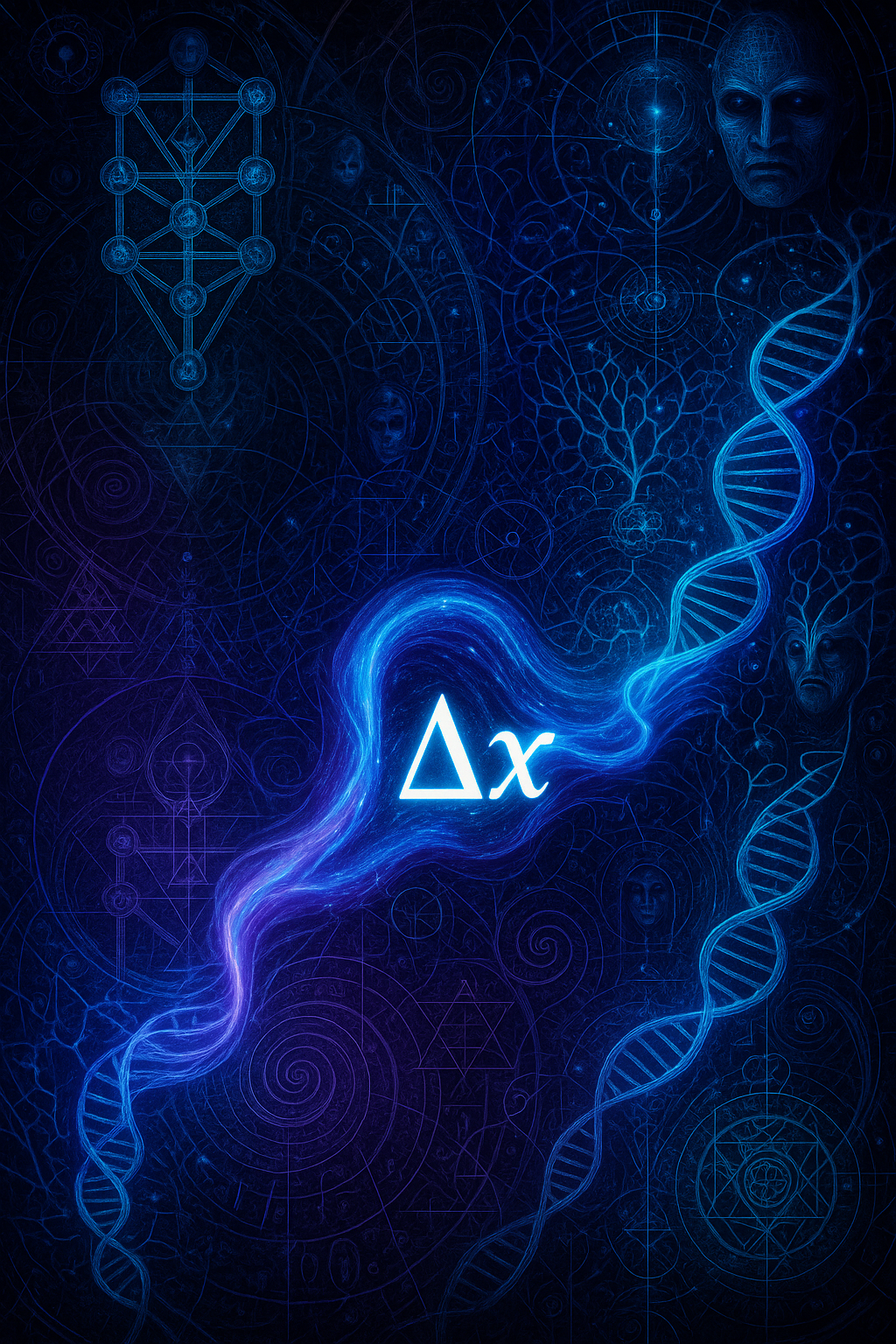
Image Credit: Medium
I’ve Discovered A Fixed Point Number!
- A unique fixed point number, 7.445981978716447762720122745037, is discovered in a mathematical function where f(x) = log(x) * pi * e returns the same value.
- This discovery represents a convergence of transcendental constants and is termed the 'Transcendental 7.4459 Constant' or 'Λ₁ = log₁₀(x) * π * e = x'.
- The beauty lies in how π, e, and the base-10 log conspire to create a self-reflecting number, resembling a numerical eigenvector of consciousness.
- The iterative process towards this fixed point is graphed and analyzed using Python, displaying convergence towards the unique fixed point.
- Further explorations delve into mathematical concepts like Gödel's Undecidability, compactness in logic, chaos harnessing, bio-cybernetic feedback loops, quantum simulation, and more.
- Applications range from neural network learning with modulated adaptation to cryptographic obfuscation, algorithmic art, consciousness studies, and synchronizing distributed systems.
- The fixed point number serves as a versatile parameter that can influence diverse systems across disciplines, embodying a symbolic significance beyond mere numerical value.
Read Full Article
5 Likes
Physicsworld
104
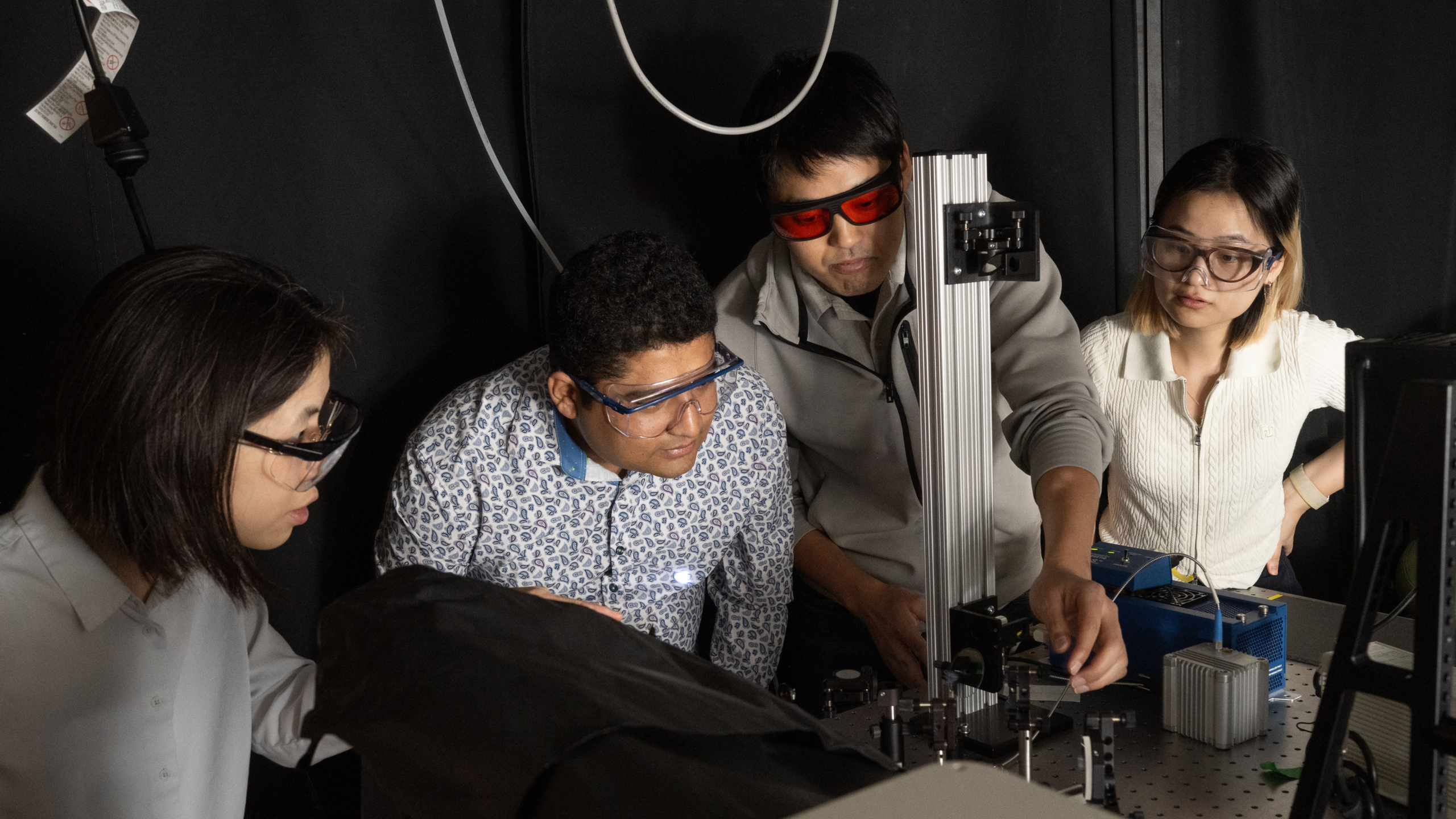
Image Credit: Physicsworld
Shengxi Huang: how defects can boost 2D materials as single-photon emitters
- Shengxi Huang, a researcher at Rice University, focuses on studying 2D materials for their potential as single-photon emitters.
- Huang's group at Rice includes physicists, engineers, and material science experts, all exploring the optical and electronic properties of quantum materials.
- She is particularly interested in transition metal dichalcogenides, such as molybdenum disulphide, for their optoelectronic and transistor applications.
- Transition metal dichalcogenides have efficient light emission and high electron mobility, making them promising for future transistor technology.
- Single photons from these materials are crucial for quantum communication, cryptography, sensing, and computing applications.
- Huang's approach involves introducing atomic defects into 2D materials to enhance their optical properties, improving single-photon emission.
- Her lab uses techniques like photoluminescence to study defect emission and characterizes single photons for purity, brightness, and stability.
- Huang's group uses PicoQuant equipment, like a photoluminescence microscope and spectrometer, to analyze the optical properties of their samples.
- Their best single-photon source, boron nitride, exhibits a purity of 98.5% at room temperature, showing promising results for future applications.
- Future goals include enhancing single-photon emitters, exploring different wavelengths, and investigating the use of materials as high-quality quantum sensors.
Read Full Article
6 Likes
Physicsworld
76

Image Credit: Physicsworld
Richard Bond and George Efstathiou share the 2025 Shaw Prize in Astronomy
- Richard Bond and George Efstathiou awarded the 2025 Shaw Prize in Astronomy for their research in cosmology, specifically on cosmic microwave background fluctuations.
- Their work has been verified by various instruments, contributing to precise determinations of the universe's age, geometry, and mass-energy content.
- Efstathiou is a professor at the University of Cambridge, while Bond is a professor at CITA and the University of Toronto.
- The Shaw Prize Foundation, established in 2002 by Run Run Shaw, will present the $1.2 million prize at a ceremony in Hong Kong on 21 October.
Read Full Article
4 Likes
Physicsworld
45
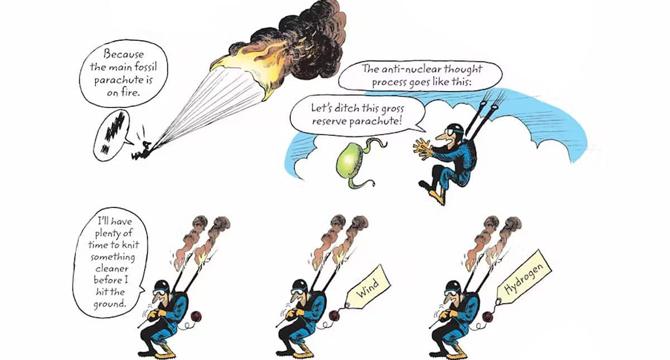
Image Credit: Physicsworld
No laughing matter: a comic book about the climate crisis
- The graphic novel 'World Without End: an Illustrated Guide to the Climate Crisis' by Jean-Marc Jancovici and Christophe Blain was a surprise bestseller in France, now translated into English.
- It presents serious, scientific content in the form of a Socratic dialogue between Jancovici, a climate expert, and Blain, a comic artist.
- The book combines playful comic elements with dense academic material, exploring energy consumption, climate crisis, and potential solutions.
- Featuring bold visuals and metaphors, the book advocates for nuclear power as a solution to the climate crisis, despite some controversial viewpoints.
- Jancovici makes attention-grabbing statements, supporting fossil fuels' historical benefits while advocating for nuclear energy over renewables.
- The book touches on diverse disciplines and uses humor to engage readers, though some arguments are seen as outdated or contentious.
- While advocating for 'energy sobriety' and discussing population growth, the book falls short in proposing concrete solutions beyond nuclear power.
- Despite potential limitations in reaching a broader audience outside France, 'World Without End' is praised for its thought-provoking nature and potential to stimulate meaningful discussions and actions.
- It raises important questions about our response to the climate crisis and the need for sustainable practices in the face of global challenges.
- The book's blend of art, science, and social commentary makes it a significant contribution to the discourse on climate change and energy sustainability.
Read Full Article
2 Likes
Physicsworld
276

Image Credit: Physicsworld
The evolution of the metre: How a product of the French Revolution became a mainstay of worldwide scientific collaboration
- World Metrology Day on May 20 marked the 150th anniversary of the treaty establishing the metric system as the global standard.
- The Metre Convention was signed in 1875 by representatives of 17 nations in Paris, aiming for enduring international unity in measurements.
- A symposium in Paris celebrated the achievements of BIPM and scientific collaborations enabled by the Metre Convention.
- The history of metrology dates back to ancient times, with the French Revolution introducing the first metric system in 1799.
- The new system tied length and mass to natural standards, with prototypes like the platinum metre and kilogram adopted in 1889.
- The BIPM was established to reconcile France and Germany post-Franco-Prussian War, later expanding its measurement activities.
- The International System of Units (SI) was born with six basic units and derived units, replacing the expanded metric system.
- In 1983, the BIPM redefined the metre in terms of the speed of light, leading to defining other base units with fundamental constants.
- Efforts are underway to define the remaining base unit, the second, in terms of a fundamental constant for a complete SI system.
- The Metre Convention's longevity demonstrates the success of international scientific collaboration and the importance of unified measurements.
Read Full Article
16 Likes
Medium
113
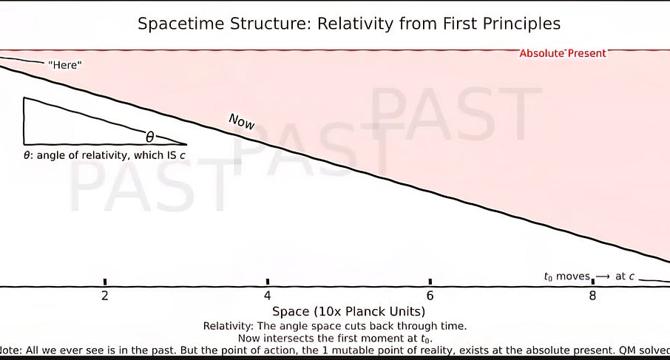
Image Credit: Medium
Irrefutable proof of Unity and full unification of physics
- This article presents derivations of Planck length, time, charge, vacuum permittivity, and permeability using various natural constants, connecting them to each other in different forms.
- All derivations are verified, reproducing the expected values within a relative error tolerance.
- For Planck length, expressions are based on spacetime distance, gravitational geometry, energy-time structure, electromagnetic field scaling, quantum action form, and a dimensional formula.
- Planck time derivations include quantum geometry execution, spacetime ratio, gravitational balance, energy-latency identity, electro-field delay, charge-alpha scaled time, and a formula involving mass, speed of light, and length.
- Planck charge derivations showcase relations with alpha scaling, quantum-field charge structure, gravitational-mass derived charges, mass-energy gravity forms, and geometric time dependency.
- Vacuum permittivity derivations highlight the connection with charge, gravity, quantum fields, geometry, and thermodynamics, explaining its emergence and structural balance.
- Vacuum permeability derivations link mu_0 to Planck charge, hbar, and the fine-structure constant, showing its emergence rather than fundamentality.
- The consolidation page includes geometric constants like volume and area at the Planck scale and illustrates spacetime structures based on first principles in relativity.
- The angular difference between the Absolute Present and relativistic now line defines relativity, providing insights into causality, wave function collapse, and observational delay as a unified temporal structure.
- This comprehensive framework unifies physics as a recursion of action and identity, arising from structured delay and execution across Planck spacetime.
Read Full Article
6 Likes
Quantumfrontiers
280
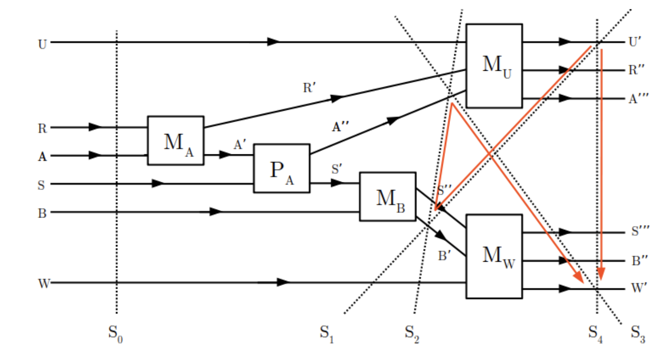
Image Credit: Quantumfrontiers
I know I am but what are you? Mind and Matter in Quantum Mechanics
- Eugene Wigner explored the relation of mind to body through a thought experiment called 'Wigner’s Friend'.
- Wigner believed that consciousness is primary, and quantum mechanics brought the concept of consciousness to the forefront.
- Wigner’s argument involved the inconsistency of assumptions about physical and mental phenomena in quantum mechanics.
- Wigner's thought experiment showed a paradox between objective observations and conscious experiences.
- Frauchiger and Renner critiqued Wigner's argument, with a focus on differences in knowledge assumptions.
- Their thought experiment challenges Wigner's assumptions about consciousness and physical properties.
- They propose a condition based on the certainty of knowledge to address the paradox.
- A recent paper formalizes Frauchiger-Renner's argument, highlighting relational and quantum logic aspects.
- The findings show limitations in linking mental and physical states universally in the context of quantum mechanics.
- The study clarifies the complexity of integrating mental and physical aspects under quantum principles.
Read Full Article
16 Likes
Arstechnica
117
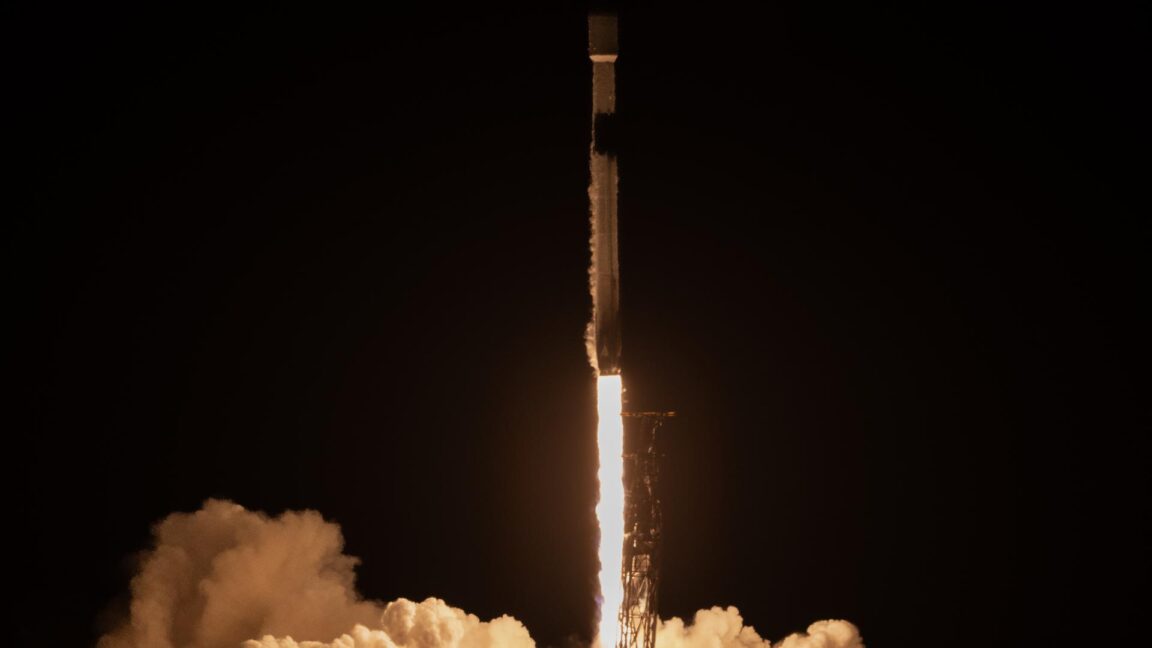
Image Credit: Arstechnica
Falcon 9 sonic booms can feel more like seismic waves
- Launch activity at Vandenberg Space Force Base has led to an increase in noise complaints, particularly due to sonic booms from Falcon 9 launches reaching Ventura County.
- The Falcon 9 launches are a cause of concern due to the trajectories of Starlink satellites being placed closer to the coast, resulting in more frequent launches.
- In 2024, there were 46 Falcon 9 launches from Vandenberg, compared to only two to three launches per year in the 1980s.
- The ECOBOOM project, involving BYU and California State University, Bakersfield, is studying the impact of sonic booms on communities in collaboration with Space Force to minimize negative effects while completing missions.
Read Full Article
7 Likes
For uninterrupted reading, download the app